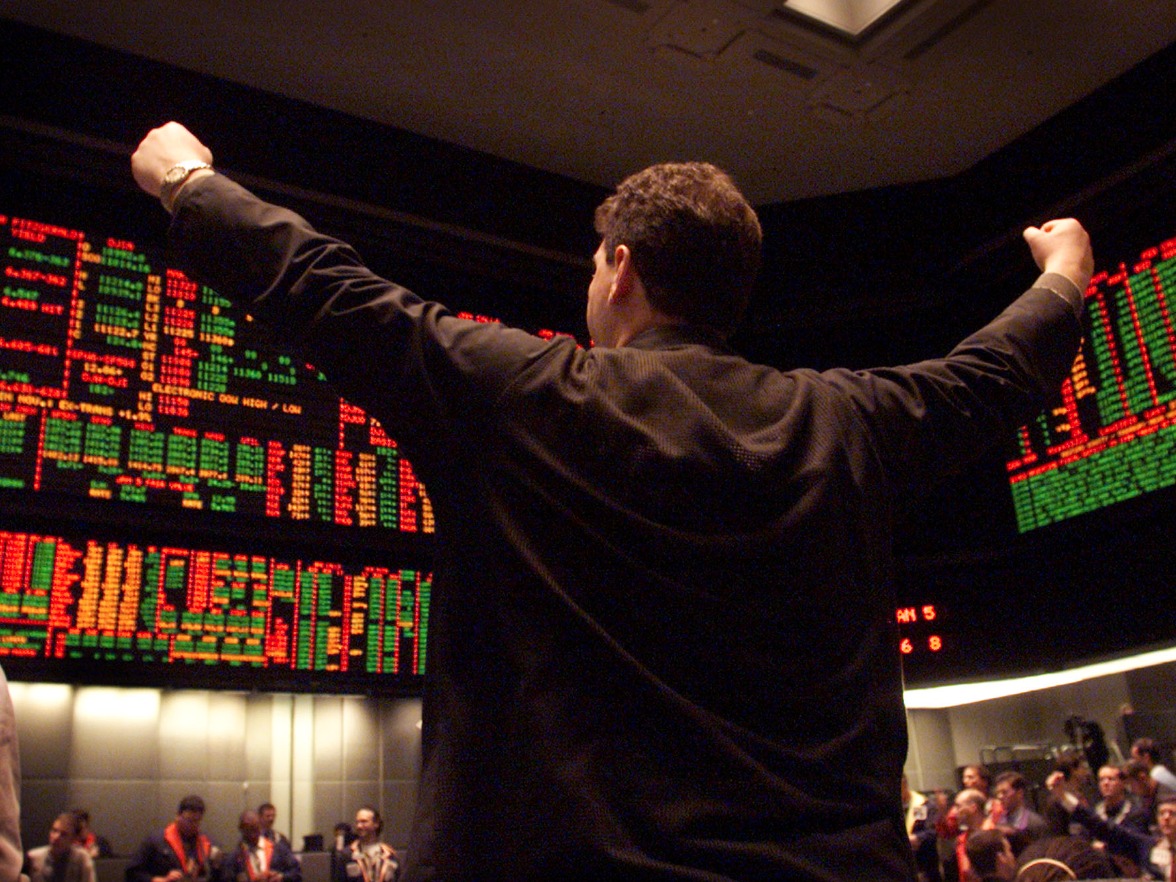Bond markets all over the world have come under significant selling pressure in recent weeks.
The election of Donald Trump has brought the so-called bond viglantes out of the woodwork amid speculation that Trump’s policies for trade and fiscal spending will bring inflation back to the US. The selling has US yields (which move inversely to bond prices) sharply higher. This rise, and the strongest US dollar in 14 years, is having a global impact as traders around the world try to keep spreads at least somewhat in line with the US market.
Then, on Wednesday, the Federal Reserve hiked its key interest rate by 25 basis points to a range of 0.50% to 0.75% and said it expected three more increases in 2017. And while the Fed has been notably bad at predicting rate hikes, the market must still price in the possibility of a more hawkish Fed.
Selling across much of the US complex on Thursday has yields higher by as much as 4 basis points, and up almost 20 bps in some parts of the curve since Wednesday’s Fed decision. Here’s a look at the scoreboard as of 7:26 a.m. ET:
- 2-year +2.1 bps @ 1.288% 3-year +4.1 bps @ 1.622% 5-year +4.7 bps @ 2.095% 7-year +4.5 bps @ 2.419% 10-year +3.5 bps @ 2.606% 30-year -0.3 bps @ 3.177%
The jump in yields takes the postelection move to 90 basis points at the long end and continues to flatten the curve. The US 30-year yield touched a low near 2.52% on election night. Since then, bear flattening has taken hold as traders have more aggressively sold the front end than the long end. The 5-30-year spread is together by another 4 basis points on Thursday, narrowing to 109 bps, a level last seen in September, after trading at 137 bps the day following the election.

And Thursday's selling isn't just contained to the US. Bond markets in Asia and Europe are under pressure as well. Overnight, Japan's 10-year yield climbed 3.2 bps to 8 bps. The Bank of Japan may be forced to fire up the printing press, as it recently announced a policy to target a 10-year yield of 0%.
In Europe, the UK 10-year is higher by 12 bps at 1.50% even though the Bank of England held its key interest rate at 0.25%, suggesting the economy is likely to see a slowdown. Aside from the move in the UK, Germany's 10-year is up 6.7 bps at 36.2 bps and threatening its highest print since January. Peripheral Europe is under pressure as well, with the Greek 10-year up 19 bps at 7.16%.

